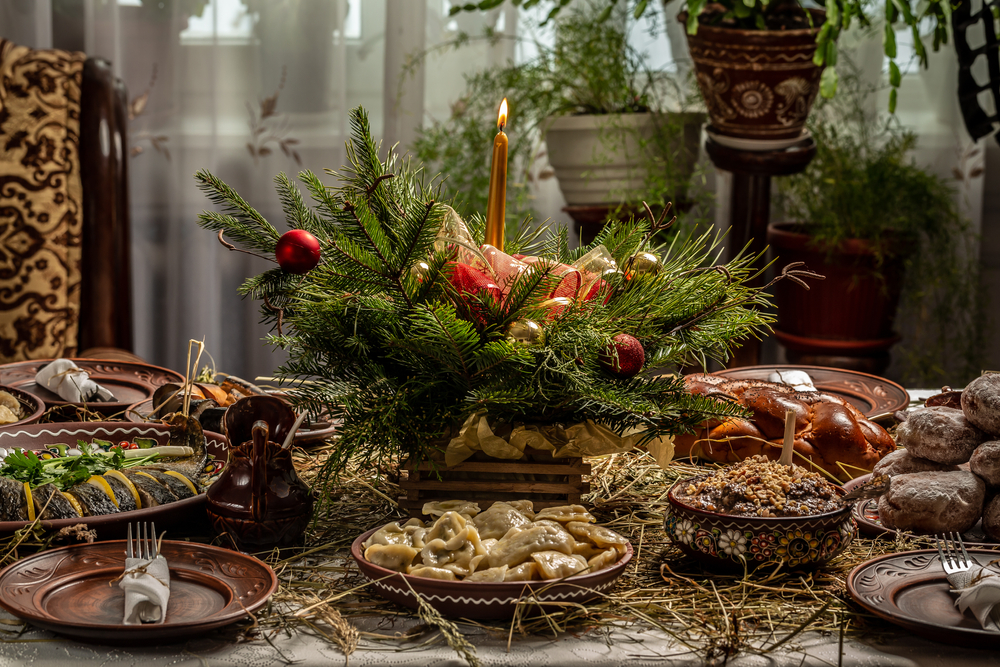
You may be surprised to learn that many holidays we celebrate have Pagan origins, including several that are associated with Christianity. With Western culture being relatively young and taking its cues from several ancient civilizations, it’s almost fitting that many of the holidays we observe and the way we observe them are a melding of multiple influences. Pagan traditions generally predate the Christian faith, yet many of the customs we associate with these holidays originate in non-Christian cultures and practices.
Christmas
Western Christmas celebrations, whether deeply religious or heavy commercialized, have pagan origins. Historians have acknowledged that various happenings in the story of Christ’s birth would not have taken place in the month of December. For centuries, evergreen trees have been associated with endurance and fertility. The ancient Roman festival of Saturnalia was a tribute to the god Saturn held in mid-December. As part of this festival, celebrants would decorate with evergreen wreaths and trees in their homes. European immigrants would bring the tradition of a Christmas tree inside the home to the Americas. Other Christmas traditions that originated with Saturnalia include gift-giving and sharing of verses, which is analogous to the messages included with greeting cards today.
Thanksgiving
Festivals that celebrate harvest are a part of many cultures. Ancient Romans participated in Cerelia in honor of the goddess of the harvest, Ceres, who was a symbol of agricultural fertility and abundance. One symbol commonly associated with this deity was the horn of plenty, now commonly known as a cornucopia, a popular item associated with Thanksgiving today. Indigenous peoples in the Americas also held celebrations related to the harvest. The Thanksgiving Day feast is connected to these ancient rituals inspired by reaping.
New Year’s Day
Before the Church was established in Rome, the first day of the Julian calendar was dedicated to the Roman god Janus, for whom the month of January is named. Janus represented entryways and beginnings. Two thousand years before the birth of Christ, Mesopotamians established the idea of celebrating the new year around the vernal equinox in March. Back then, the calendar only had ten months, which is why the months of September through December have the Latin roots for seven (septem), eight (octo), nine (novem) and ten (decem) in their names, even though they are now the ninth through twelfth months. Eventually two months were added — Ianuarius and Februarius — and placed at the beginning of the year, but the idea of celebrating the new year on the first day had stuck.
Halloween
The word “Halloween” is a contraction of the phrase “All Hallows Evening,” and it was established as the night before All Hallows Day, part of a three-day celebration known as Allhallowtide, honoring deceased saints, martyrs and faithful adherents. This celebration used to be observed in May but later was switched to the beginning of November by Pope Gregory IV. This time of the year coincides with the Celtic pagan festival of Samhain, which marked the beginning of the dark season when spirits of the deceased could transition to the physical realm more easily. These spirits were welcomed to homes with food. In later celebrations, people would dress in disguise and go to neighbors’ homes for food and drink, inspiring our modern tradition of trick-or-treating.
For all the talk about the Christian or deist origins of the United States, many pagan traditions persist in our observance and celebration of holidays today. Even Easter, associated with the death and resurrection of Jesus Christ, derives its name from Eostre, a Germanic goddess. Many of the things that we do today, beyond religious and holiday observances, draw influences from many sources, from the ancient to the not-so-ancient. Despite differences in philosophy, creed and points of view, some ideas transcend cultural boundaries.

